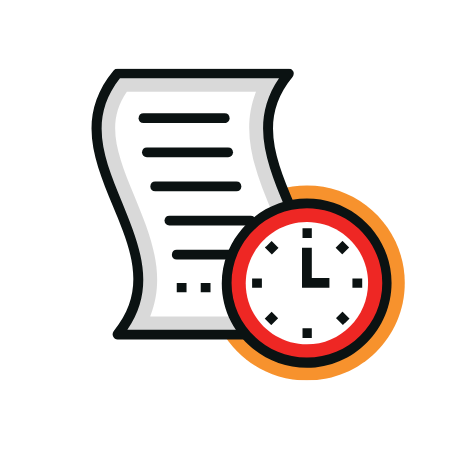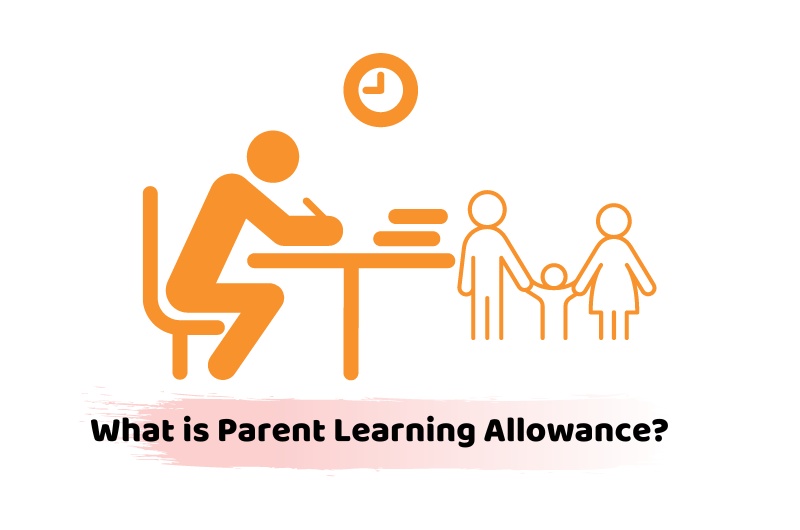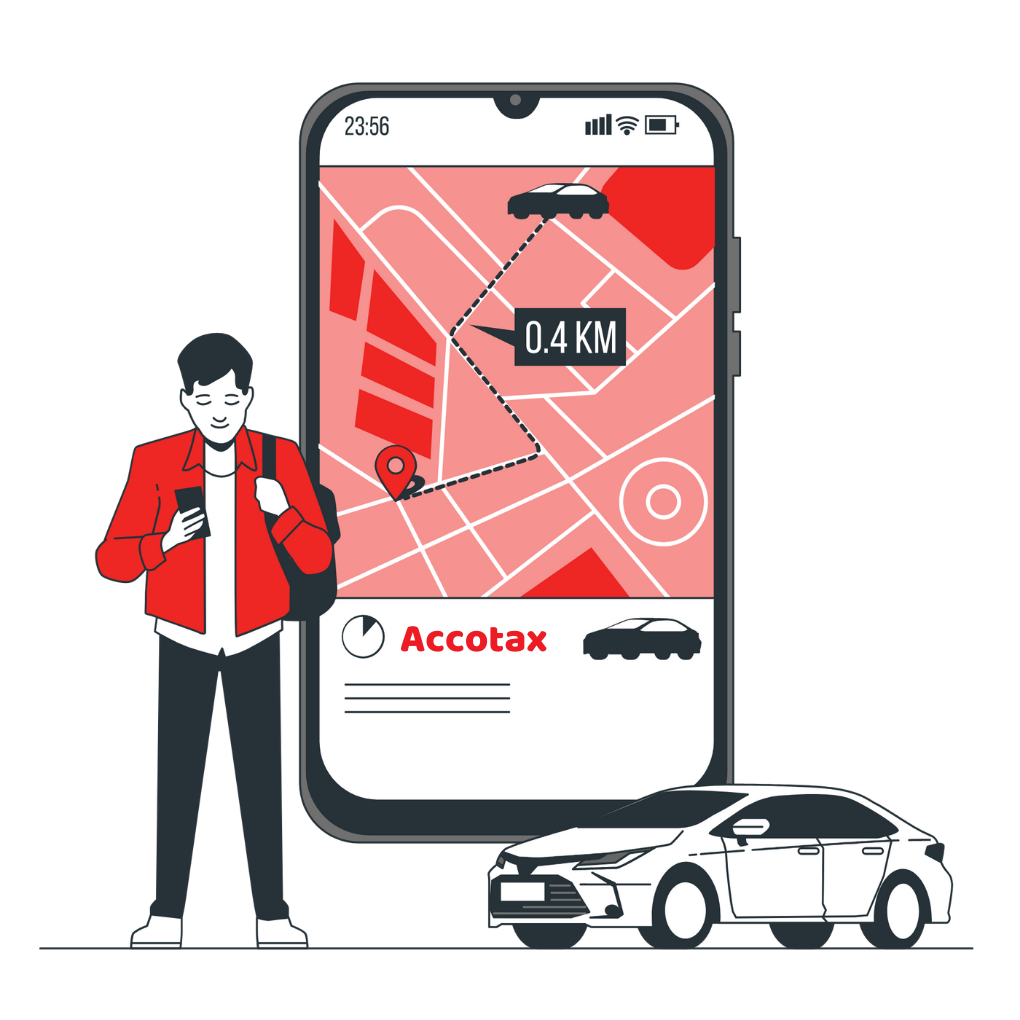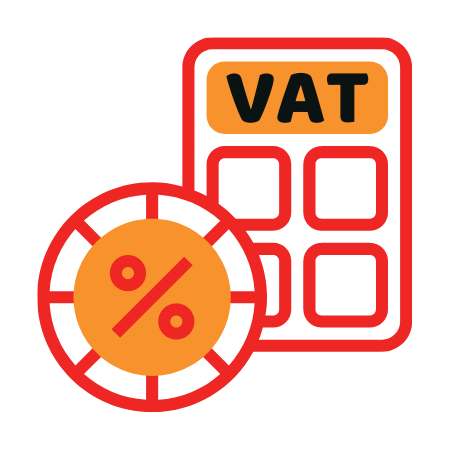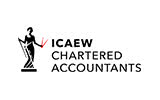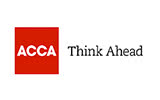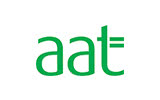All rates in this article are for 2012/13.
NIC for Employees
For employees, Class1 National Insurance (NI) primary contributions are deducted from their salary each month as part of the PAYE system.
They pay earnings between £146 and £817 per week at 12% and then 2% on any earnings above this.
The amount of NIC paid by workers influence by whether you are contracting out of SERPS or S2P known as the State Second Pension Scheme. If the employee has contracted out of SERPS and into a salary-related scheme. Then at the basic level, the NIC rates reduce 1.4% for the employee and 3.4% for the employer.
But, if an employee contracts out of SERPS into a personal pension. The full NI fee will be made so the NICO will pay the insurance provider a refund afterward.
NICs for Employers
Class 1 secondary contributions paid by the employer at a rate of 13.8%. On all the employee’s incomes above £144 per week. The contributions must be paid over to HMRC together with the primary contributions deducted from the employees’ salaries, each by the 19th of each month or by 22nd if paying electronically. Employers with small payrolls can elect to pay quarterly.
Class 1A Contributions made by the employer on certain types of workplace benefits. At the rate of 13.8% on the value of the benefit provided. Class 1A contributions pay once a year by 6 July after the tax year-end.
NIC Holiday
Some businesses will be exempt from paying the employer’s class 1 NICs for 12 months for up to 10 employees, capped at £5,000 per employee. The scheme started in September 2010 but applies to new businesses set up on and after 22 June 2010. It will only apply in Scotland, Wales, Northern Ireland, the North of England, Yorkshire, the Midlands, and the southwest regions. Some businesses, such as those run under IR35 or Controlled Service Business excluded. Thus, businesses in grant-supported sectors such as agriculture, fisheries, and coal.
Self Employment NIC
- Class 2 contributions, amount to £2.65 per week and are due if you earn more than £5,595 per year. Payment is due on 31 July and 31 Jan, the same as the self-assessment tax bill, although payment can be spread on a monthly direct debit. They provide only a very basic cover for state benefits. You get the basic retirement pension but not the earnings-related pension. You may also claim incapacity benefits but not industrial injuries benefit.
- Class 4 contributions on the taxable profit you make between £7,605 and £42,475 per annum. The rate is 9% of that profit and 2% above this.
The good news is that this is less than you would pay as an employee where the rate is usually 12% at these levels and 2% after that.
Voluntary National Insurance
Class 3 National Insurance is a voluntary alternative to the £13.25 a week flat-rate premiums. You will pay individuals to keep their national federal pension plan records up. Thus, some other benefits when they haven’t paid enough of any of the other forms of contribution.
Class 2 Contributions can also charge. While posted overseas to secure access to UK benefits.
Summary
- Class 1 primary contributions are pay by employees;
- Class 1 secondary contributions are payable by employers
- Class 1A pay by employers;
- Class 2 pay the self-employed, and by employees posted overseas;
- Class 3 is a voluntary contribution to make up any deficits;
- Class 4 pay the self-employed if they earn enough. But does not provide any entitlement to state benefits.
How We Can Help You
National Insurance can be a complex area and HM Revenue & Customs have wide powers. We can assist you with compliance and taking advantage of NIC planning opportunities.







